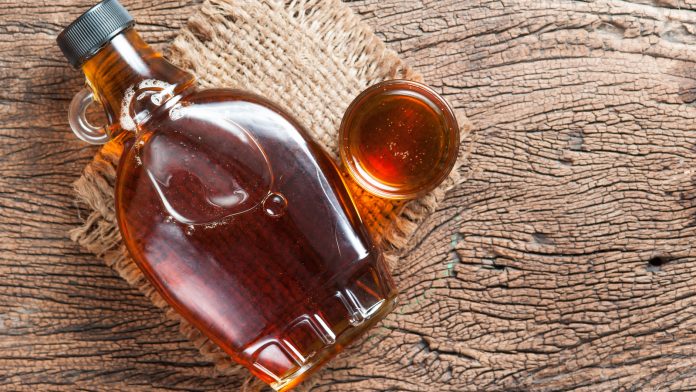Organic foods are grown naturally without or with occasional use of pesticides, chemicals, radiation or genetic engineering. Organic maple syrup is made from the sap of maple trees that have been certified organic by a third party. The sap is collected and processed in the same way as conventional maple syrup, but the trees must meet specific standards to be considered organic.
Maple syrup may differ in taste from conventional maple syrup, as the trees may be grown in different conditions and may have different levels of sugar content. However, both types of maple syrup are generally considered to be of high quality and safe to consume.
When we talk about pure maple syrup, we talk about the only single ingredient that has been used in your maple syrup which is none other than the maple itself. Then how can you spot the differences between organic and inorganic maple syrup?
The differences lie in the procedures and production of the maple syrup, which we will discuss below, so follow till the end to learn more.
What makes maple syrup organic?
The key differences are the tapping of the trees of maple, the collection of sap, and its storage, making it identifiable whether the maple syrup is organic. Number of restrictions are there other than these on the production of organic maple syrup. However, various agencies require them differently, and therefore the standard differentials are as follows:
Trees and the forest in the organic setting
To be an organic maple producer, one must ensure the availability of 15% companion species that are the trees on their site that are not maple. With the arrival of season of Canada maple syrup, the producers select a site where maple trees are abundant. 2000 to 3000 taps are allocated for small operators.
Organic maple syrup producers must put maps on all the sites with buffers in case they are near the farmland using prohibited materials, likely pesticides.
Use of organic fertilizers
Organic producers can only use a limited amount of fertilizer, with the use of lime, would Ash or other organic fertilizer. To protect the maple trees from getting damaged, tubing is installed by the producers to collect the maple syrup. The organic producers also have to work under some Maple trees that have size restrictions. they are allowed to tap. To be tapped, trees must have a chest height diameter of at least 20 cm.
Chemicals used in the organic production
Food-grade ethyl alcohol is the only chemical disinfectant allowed in the organic farming of maple syrup. The food-grade ethyl alcohol prevents bacteria in the tap whole when the trees are tapped. The producers use the reverse osmosis system to process the sap before boiling it. This technique is effective as it not only cuts down the labour cost but also fuel cost and ensures that no mineral components of sap are removed during the entire process.
Certification required for organic male syrup
For maple syrup to be organic, you must obtain a specific certificate following the correct practices and rules. Your maple syrup must be certified by a generic certification body to be sold as authentically organic.
Some standard organic certification bodies for certifying your Canada maple syrup as organic are Quality Assurance International and EcoCert. The maple packaging will have the organization’s logo, which grants the certification to be organic.
Conclusion
When maple syrup is produced following the good practices of farming with no chemical use, it is the most healthy sweetener available in the market. However, some farmers take shortcuts by failing to follow the proper guidelines and working under restrictions. That is why certification for organic syrup is required, which enhances its security of being pure and safe for the health of your consumers.
















